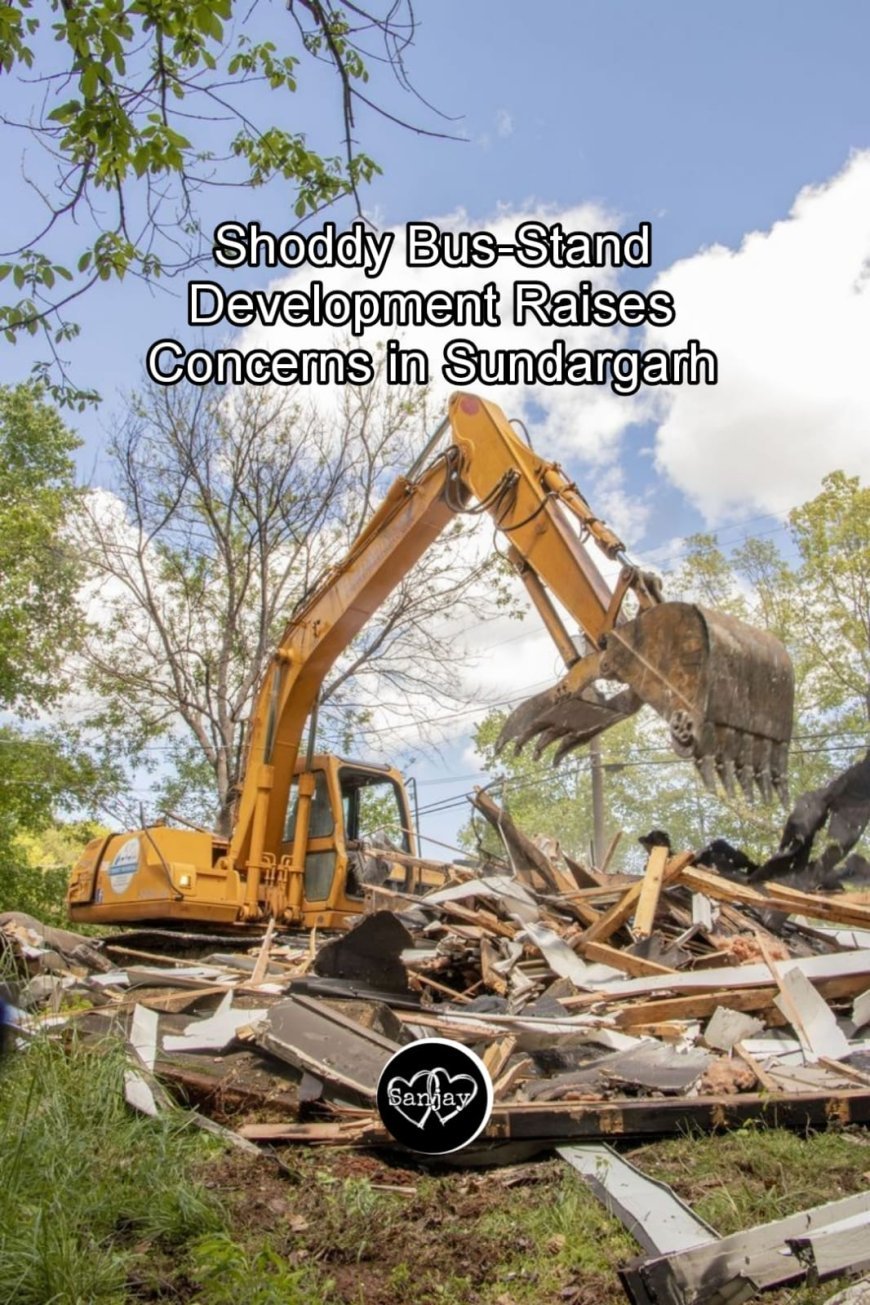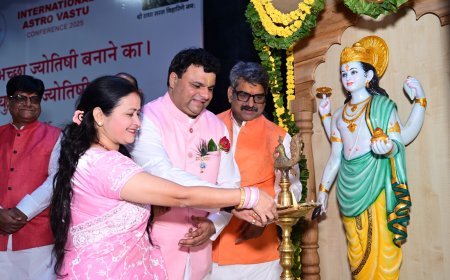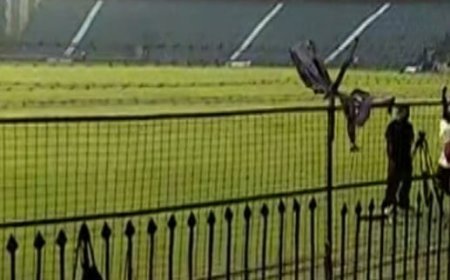Selective Enforcement: Unauthorized Shop Evictions Expose the Socio-Economic Divide

The eviction of unauthorized shops often disproportionately affects daily wage earners and small vendors while the wealthy remain largely untouched. This stark contrast highlights the deep-rooted inequality in society, where the enforcement of laws appears selective. The poor, who depend on their modest earnings for survival, are swiftly removed under the guise of maintaining order, whereas affluent businesses operating in questionable ways often continue unchallenged. This discrimination reflects the persistent divide between the haves and have-nots, where power and privilege shield the rich while the underprivileged bear the brunt of stringent regulations. Such actions not only rob the poor of their livelihood but also expose the inherent bias in governance, reinforcing the socio-economic disparity that continues to widen.
*Shoddy Bus-Stand Development Raises Concerns in Sundargarh*
Luhuradhipa, Sundargarh – A Critical Look at the Eviction Drive and Hasty Relocation
Recent observations at the New Bus-Stand in Luhuradhipa have stirred public debate as citizens witness the eviction of unauthorised shops amid ongoing construction. Concerns are mounting over the apparent lack of rehabilitation measures for shopkeepers—many of whom are now facing hardships, arguably being punished for circumstances beyond their control.
According to local accounts, while the administration swiftly moved to evict the vendors, attention was simultaneously drawn to an incident where a culprit, accused of severely beating a policeman, was promptly arrested and is currently behind bars. This sequence of events has only added to the growing discontent among locals who feel that punitive actions may have been misdirected.
The decision to shift the bus stand during active construction was taken under the directive of then Collector and District Magistrate Mr. Nikhil Pavan.Kalyan Critics argue that this hasty relocation to Luhuradhipa has compromised the integrity of the project. Further compounding the issue, a Detailed Project Report (DPR) for a planned market complex was prepared with an estimated expenditure of ₹4,500,000—funds that have reportedly “evaporated in the scorching heat of the Sun,” suggesting mismanagement or an inability to execute the project as intended.
When compared with bus-stands in other district headquarters, the New Bus-Stand of Sundargarh appears to fall significantly short, prompting citizens to question the overall development strategy. Many believe that rather than placing blame solely on political leaders, there is a collective responsibility to work under one umbrella for the betterment and beautification of Sundargarh—an area blessed with natural resources and mineral wealth.
As community members reflect on these developments, the call for a more inclusive and thoughtful approach to urban planning resonates strongly. In the face of rapid changes, it remains imperative for both authorities and citizens to collaborate for a development model that is just, efficient, and forward-thinking. The time for introspection and collective action is now—think about it.
Sanjay Pattnayak
Sundargarh










































